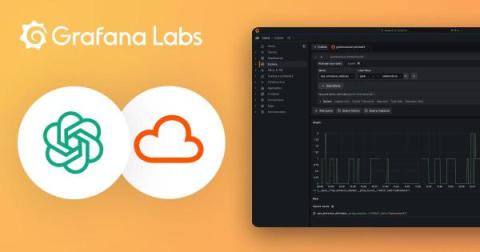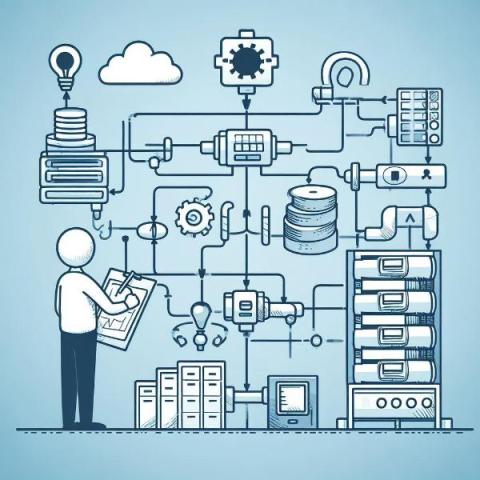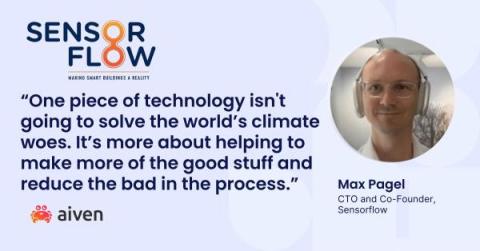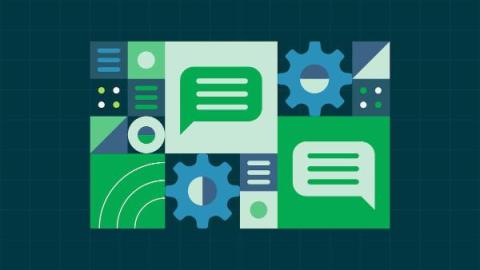How to automate image analysis with the ChatGPT vision API and Grafana Cloud Metrics
OpenAI’s ChatGPT has an extraordinary ability to process natural language, reason about a user’s prompts, and generate human-like conversation in response. However, as the saying goes, “a picture is worth a thousand words” — and perhaps an even more significant achievement is ChatGPT’s ability to understand and answer questions about images.











